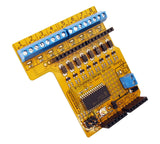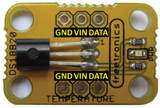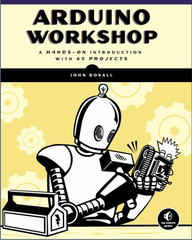If you have trouble waking up in the morning, and a loud alarm clock just isn't doing the trick - then another option may be to use a very bright lamp. Some can wake up when the bedroom light is turned on, so taking this theory to the next level Instructables member kerembasaran has solved the problem.
By creating a typical Arduino-controlled timing system with a real-time clock IC, the timing is takem care of - and this controls relays to switch on six 100W light globes. This combination could also be controlled gradually to emulate a retina-burning reproduction of a sunrise clock.

When building projects that involve mains current, check with the regulations in your area with regards to what you can do and what needs to be done by a licenced electrician. Otherwise for more details, check out the project's Instructable page. And for more, we're on facebook, twitter and Google+, so follow us for news and product updates as well.
If you're looking for a simple way to control many relays from your Arduino, without using up all your digital I/O pins - check out our RELAY8: driver shield:

So what is the RELAY8:? It's an Arduino shield that allows you to drive up to 8 relays from your Arduino using just 2 I/O pins with this shield. It communicates with your board using I2C, so you can even stack several shields together to drive 16, 24, or more outputs! Includes back-EMF protection and works with a wide range of relays. Perfect for home automation projects! For more information and to order, click here.






















